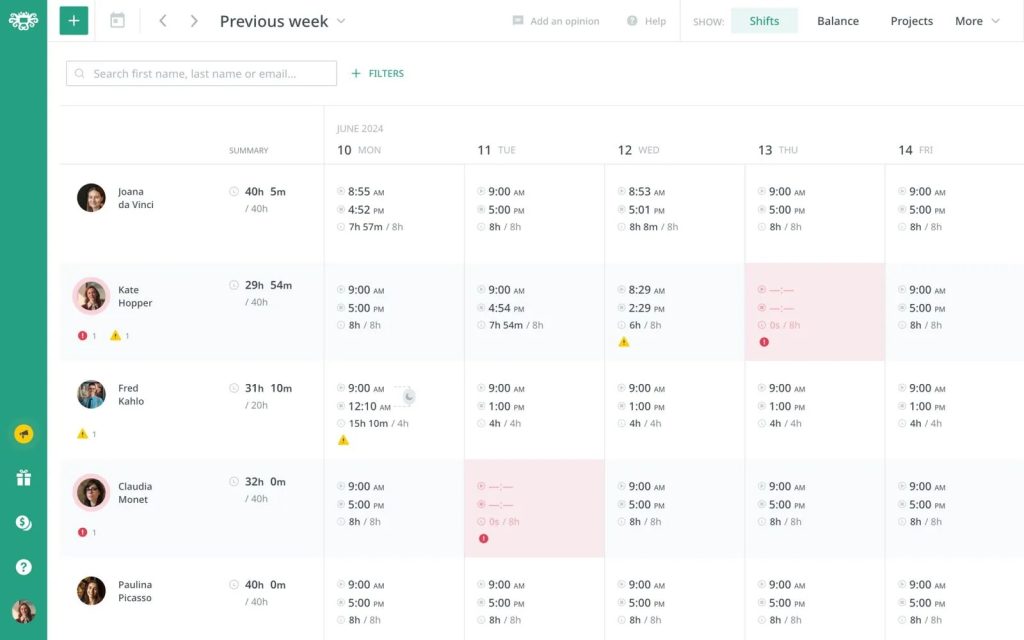Beacons make worker check-in and check-out fast and largely hands-free. A phone or badge simply comes within range of a doorway beacon and the event is recorded automatically, so people don’t have to queue at a terminal, find a QR code, unlock a device or remember to tap anything. That reduces friction at shift changes and cuts the small but costly delays that add up across a site.

They’re built for indoor accuracy, where GPS struggles. A beacon at each entrance, gate, or zone gives reliable, metre-level proximity so you can tell which door someone used and when, rather than relying on coarse geofences or Wi-Fi presence. That precision supports clean timesheets, correct job and cost-code allocation and a defensible audit trail for inspections and disputes.
Because beacons use Bluetooth Low Energy, the hardware is inexpensive, tiny, and battery powered. You can stick them near entrances with no cabling, and the batteries typically last years, which keeps deployment and maintenance costs down. Phones barely notice the power draw, and if there’s no signal underground or in a basement, check-ins can be stored on the device and sync automatically when connectivity returns.
Beacons are also good for safety. They support live headcounts, roll-calls, and muster reporting during evacuations because presence updates as workers move through muster points. Zone beacons can warn when someone enters a restricted area or stays too long in a high-risk zone, and they help you evidence who was on site during specific windows in the event of an incident.
They reduce time fraud and “buddy punching”. Unlike sharing a PIN or flashing a photo of a QR code, proximity requires the person’s device or assigned tag to be physically present at the right place and time.
From a privacy and compliance standpoint, beacon systems can be designed to be lighter-touch than CCTV or biometrics. You can rotate identifiers, process events on-device, and store only time, zone and worker ID needed for payroll and Working Time Regulations reporting, which helps with UK GDPR principles like data minimisation and purpose limitation. There’s no need to capture faces or fingerprints, which many staff prefer.
Accessibility and usability improve too. Hands-free check-ins work with gloves, PPE, or when carrying tools, so they’re friendlier than fingerprint readers or touchscreens. You can trigger just-in-time workflows on arrival, surface a safety brief, a permit-to-work checklist, or a reminder to clock to the correct job, because the app knows which beacon you passed and what’s relevant at that location.
Beacons scale cleanly across multi-site operations. Each site can have its own set of identifiers and rules, yet the same app works everywhere on iOS and Android. You can add temporary beacons for pop-up work areas, contractors, or events without touching existing networks. Integrations into HRIS, rostering and payroll can run automatically from the validated in/out events, reducing manual adjustments and queries.
Finally, they unlock useful analytics without extra effort. With accurate in/out and zone transitions you can see peak arrivals, overtime patterns, subcontractor utilisation, and dwell times by area. That helps with staffing plans, capacity management, and proving service levels to clients.
The first step is to choose a system such as Calamari, AllHours and PeopleHR. Almost any beacon will do, but wearable beacons will be probably best.
Custom solutions are also possible when off-the-shelf systems don’t quite match what’s needed.